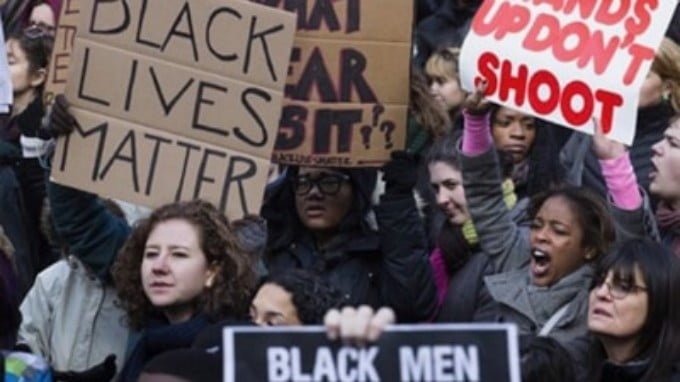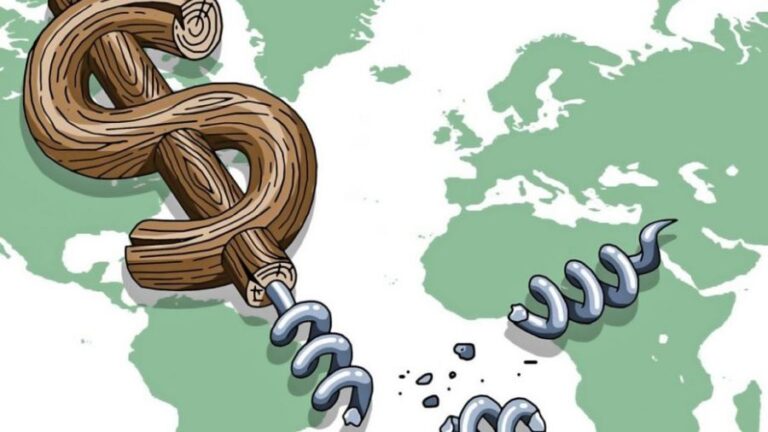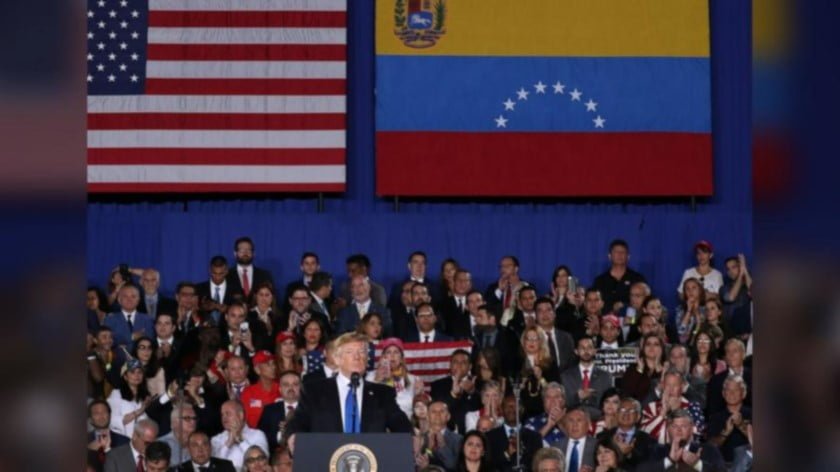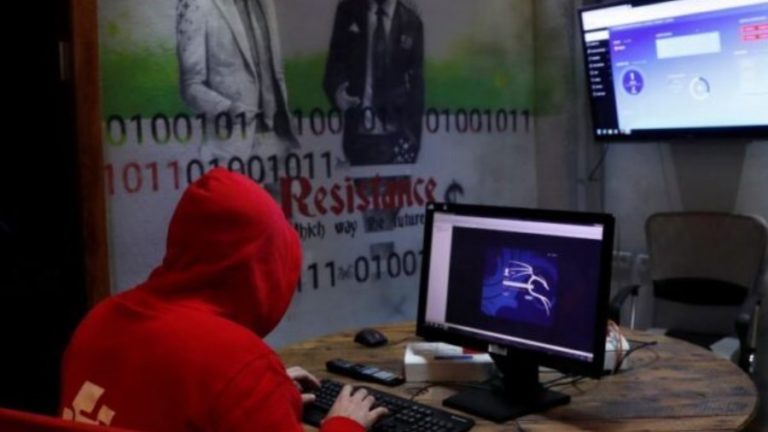Pandemic and Hair Trigger Flash Points: an Explosive Situation
As the Covid-19 pandemic continues its deadly march around the world, a number of relatively dormant conflicts, as well as several well-known flash points, stand ready to place the world on the edge of a major armed conflict. History shows us that during times of stress – economic depression, religious strife, vacuums of political leadership, and public health crises like that which is now plaguing the world – the chances for war increase commensurately.
India and China, which fought a border war in 1962, are against faced off at several key border locations stretching from Ladakh in the western Himalayas to Arunachal Pradesh in the eastern sector of the mountain range. The resurgent border conflict between the world’s most populous and second-most populous nations is exacerbated by the Covid-19 virus that has taken a toll on what had been the burgeoning economies of both nuclear-armed countries. Deaths and injuries among Indian and Chinese border troops have resulted from fights, with sticks and rocks being used as weapons. A wider and deadlier conflict may result if the weapons used are India’s T-90S tanks and Apache helicopters – now engaged in exercises along the border – and armed Chinese troops that have penetrated some 8 kilometers beyond the 1962 truce line, which is officially called the Line of Actual Control (LAC), in eastern Ladakh. Meanwhile, the number of Covid cases in India has climbed about one million.
The Korean peninsula went on a war footing as South Korea successfully managed its Covid cases while North Korea, according to many reports, suffered several deaths as the virus spread throughout its population. In June of this year, North Korea ordered the demolition of the joint North Korea-South Korea liaison office building in Kaesong, a North Korean border town. On January 30 of this year, the office was closed due to the pandemic. The massive explosion that felled the four-story building capped off the deterioration of ties between Pyongyang and Seoul that saw their crescendo in 2017, when Donald Trump held his first of three summits with North Korean leader Kim Jong Un. The destruction of the Kaesong building also put an end to the policy of South Korean President Moon Jae-in in forging new ties to the North. Trump did not help keeping the peace in Korea when he told a group of governors in February of this year that the South Koreans were “terrible people.” Trump has angered Asian governments from Beijing to Seoul and Tokyo to Singapore with his openly racist comments, which have also included Asians. The pandemic has placed the Sino-Indian border and the 38th Parallel of Korea at the top of the list for flash points that could very well ignite into open warfare.
In Istanbul, Turkish President Recep Tayyip Erdogan, reversing the secularization policies enacted by Kemal Ataturk, ordered the Hagia Sophia museum – a mosque under the Ottoman Empire and the main cathedral of Eastern Christianity under the Byzantine Empire – transformed back into a mosque. In 1934, Ataturk decreed that Hagia Sophia was no longer a mosque but a museum open to all. Ataturk also invited Christian experts not restore the ornate Byzantine tiles in the building, which had been plastered over under Ottoman rule. Erdogan rejected calls from Greece to respect the Hagia Sophia and its Christian iconography, setting the stage for further deterioration in relations between Turkey and Greece, both members of NATO. Many Greek nationalists long for the restoration of Constantinople, now Istanbul, and the Hagia Sophia under Greek Orthodox control. Erdogan, who fancies himself as a neo-Ottoman sultan, has done little to placate countries from Greece and Russia to Serbia and Bulgaria that see Islamist control of the Hagia Sophia as an extreme provocation. A number of Turkey’s neighbors have grown irritated over Erdogan and his Muslim Brotherhood-linked policies. A modern “Entente Cordiale” between Greece, Cyprus, Armenia, Iran, Lebanon, the Kurdistan Regional Government, Georgia, the Bashar al-Assad government in Syria and even Egypt and Iraq against Erdogan cannot be ruled out. It is said that a leader can be judged by the opinion that his neighbors have of him. Erdogan remains generally despised by every one of his neighbors.
Another flash point that could result in a regional war is the initial operation of the Grand Ethiopian Renaissance Dam (GERD) and Ethiopia’s obstruction of the natural flow of the Nile River, which serves as the lifeblood for the downriver countries of Egypt and Sudan. Egyptian President Abdel Fattah Al-Sisi has made no secret of this threat to bomb the GERD if Ethiopia’s water flow activities affected Egypt. Egypt is relying on the 1929 Anglo-Egyptian Treaty, which granted Egypt an annual allocation of Nile water resources plus a veto over any dam construction on the Nile headwaters. The rift between Cairo and Addis Ababa have rekindled old animosities stemming from Egypt’s failed invasion of Ethiopia in 1874. Not helping in calming frayed diplomatic nerves, the pandemic has helped to stoke further tensions in the Horn of Africa, just as it has along the Sino-Indian border, the Korean Peninsula, and Istanbul.
The global instability brought about by the pandemic also threatens to turn other flashpoints into hot war zones. Chief among these is the ongoing civil war in Libya, where the Tripoli government is backed by over 3500 Islamist guerrillas transferred by Turkey from the Syrian front to take on the forces of the rival Libyan government based in the east. Essentially, the Libyan civil war has turned into one between the old Ottoman fiefdom of Tripolitania and the one-time heavily British influenced province of Cyrenaica. The Libyan civil war involves several outside players other than Turkey. These include Egypt, Saudi Arabia, and the United Arab Emirates.
There are showdowns between the United States and Venezuela, Russia and Ukraine, China and several other countries in the South China Sea, maritime brinkmanship in the Persian Gulf between the United States and Iran, and cross-strait tension between China and Taiwan. One or more of these flashpoints could result in a major regional or global war, especially as nations fear the repercussions of the pandemic affecting their very survival as nation-states.
In Barbara Tuchman’s widely-acclaimed book on the factors that resulted in the First World War, “The Guns of August,” she wrote, “Human beings, like plans, prove fallible in the presence of those ingredients that are missing in maneuvers – danger, death, and live ammunition.” All the plans of nations large and small to prevent a repeat of the so-called Spanish flu of 1918, which ravaged the battlefield trenches of France, have largely proven ineffective. The world is now being subjected to Tuchman’s danger and death – the danger of the uncontrolled pandemic and the mounting death toll arising from it. The current missing ingredient of live ammunition may, if cooler heads do not prevail, result in a modern-day “guns of August.” Continued economic dislocation and a deepening global recession is all that is needed as a catalyst for military standoffs from the Himalayas and South China Sea to the Caribbean waters off Venezuela and the 38th parallel of Korea to turn into hot war zones purposely or by accident.
By Wayne Madsen
Source: Strategic Culture







